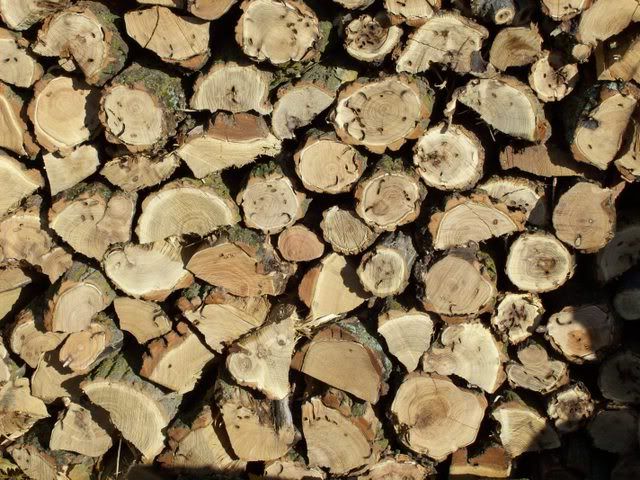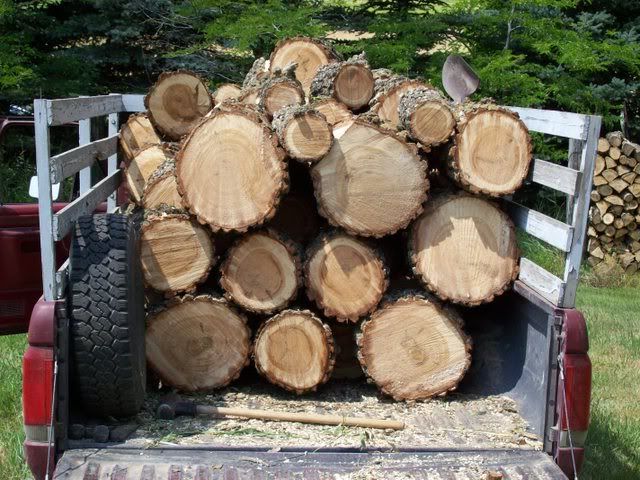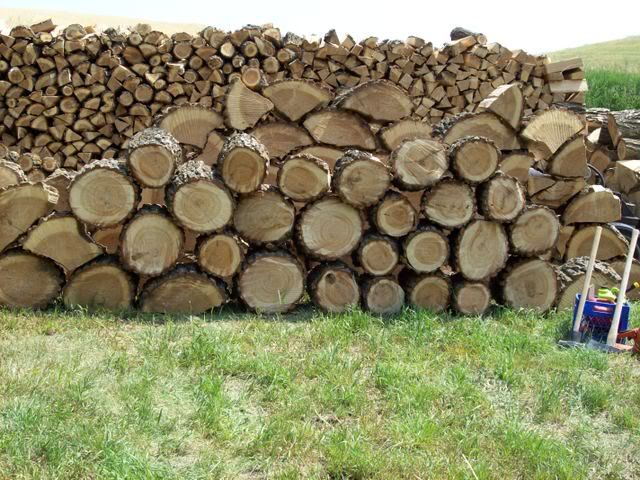Dalmatian90
Addicted to ArboristSite
Can't find the thread of the discussion of whether a cord shrinks or grows when you split rounds up...
But stumbled on this tonite:
http://www.umext.maine.edu/onlinepubs/htmpubs/7116.htm#Table 3
But stumbled on this tonite:
Fact 1: Did you know that if you start with a cord of wood, cut it to shorter lengths, split it and then repile it, the original cord will shrink? The same amount of wood (less a little sawdust) will occupy less space. Table 3 shows how wood stacks up when cut and split.
http://www.umext.maine.edu/onlinepubs/htmpubs/7116.htm#Table 3







